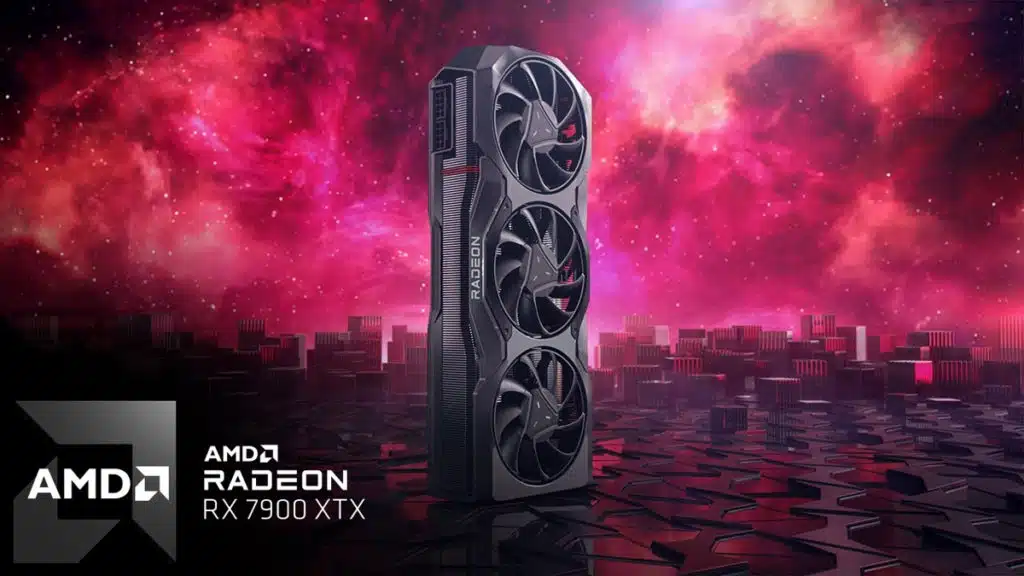
NVIDIA has made huge waves in PC gaming with some of its AI-powered technologies, the latest of which include DLSS 3, introducing another significant advancement in the form of Frame Generation, but the competition doesn’t seem to be as impressed as the average GeForce gamer. Speaking to Japan’s 4Gamer, David Wang, AMD SVP of Radeon Technologies Group, gave his thoughts about NVIDIA’s approach with AI for gaming and suggested that the company hasn’t been leveraging it in the best way, arguing that AI should be used for more advanced purposes that go beyond image upscaling (e.g., NPC behavior). AMD’s own upscaling solution, FidelityFX Super Resolution, was achieved without an inference accelerator, Wang noted in his argument.
From a 4Gamer interview (machine translation)
We think that what should be done with the inference accelerator installed in the GPU should not be limited to “utilization centered on image processing” represented by NVIDIA’s “DLSS”. Take a look at FidelityFX SuperResolution (FSR), one of the FidelityFX series. FSR’s anti-aliasing and super-resolution processing realized without using an inference accelerator provide performance and quality that can fully compete with NVIDIA’s DLSS.
The reason why NVIDIA is actively trying to use AI technology even for applications that can be done without using AI technology is that NVIDIA has installed a large-scale inference accelerator in the GPU. In order to make effective use of it, it seems that they are working on a theme that needs to mobilize many inference accelerators. That’s their GPU strategy, which is great, but I don’t think we should have the same strategy. We are focused on including the specs that users want and need to give them enjoyment in consumer GPUs. Otherwise, users are paying for features they never use. We believe that inference accelerators that should be implemented in gamers’ GPUs should be used to make games more advanced and fun.
For example, the movement and behavior of enemy characters and NPCs are probably the most obvious examples.
Also, even if AI is used for image processing, AI should be in charge of more advanced processing. Specifically, a theme such as “neural graphics”, which is currently gaining momentum in the 3D graphics industry, may be appropriate.
